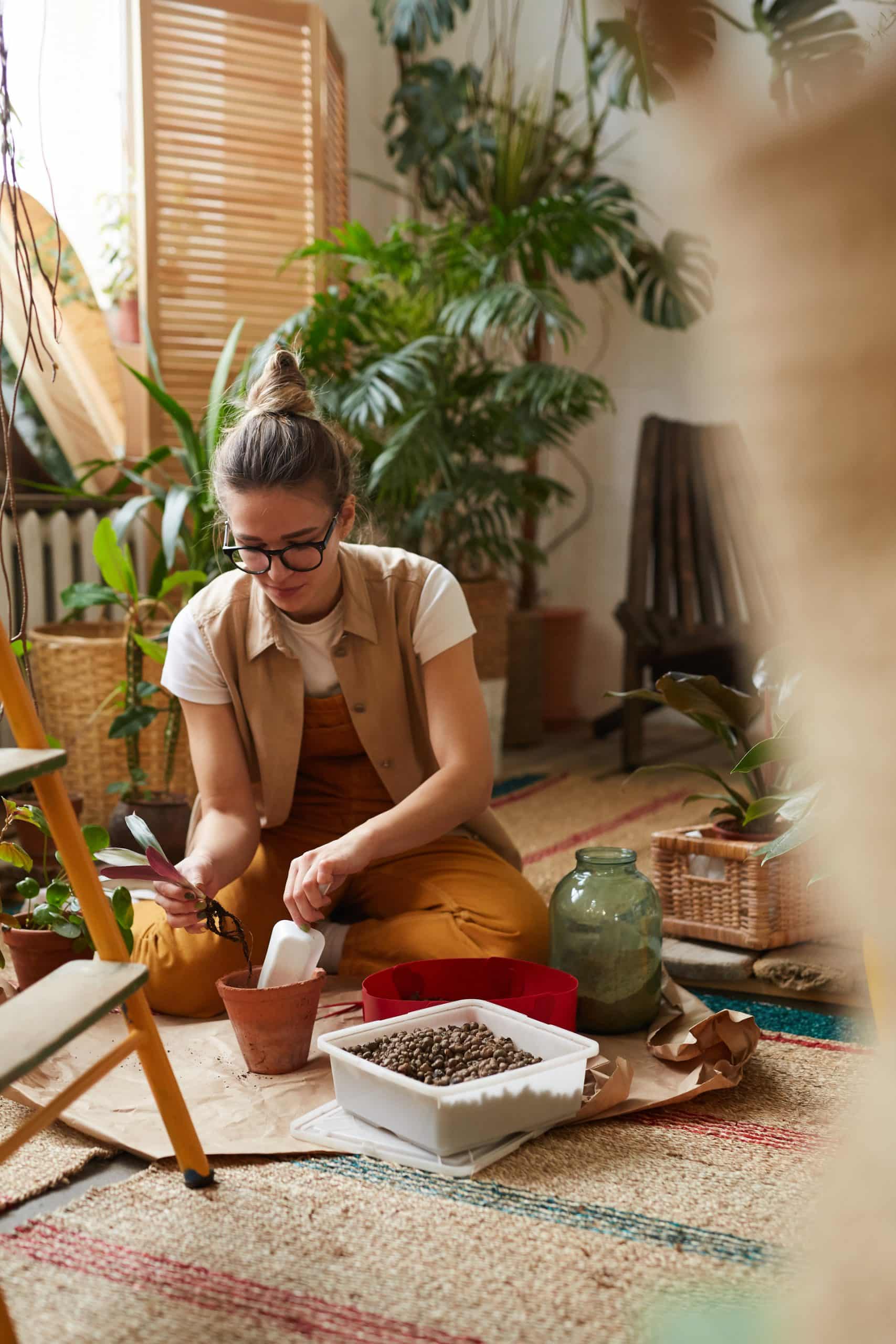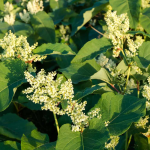When it comes to gardening, not all spaces are created equal. Some bask in full sun while others are tucked away in the shade. Yet, there’s no reason why those darker corners can’t be teeming with vibrant plant life. Choosing the right plants for your shady front porch container garden is key to designing a flourishing, attractive outdoor space. Let’s march forward without delay and explore the world of shade-loving plants that will bring color, texture, and life to your porch.
1. Understanding Light Conditions
Before you begin buying plants or preparing your containers, you must first understand the light conditions in your front porch.
Also to read : 5 Reasons to Remove Japanese Knotweed
Shade doesn’t always mean complete darkness. In gardening terms, ‘full shade’ means an area gets less than 3 hours of direct sunlight per day, while ‘partial shade’ means it gets 3-6 hours. Depending on your porch’s orientation, the amount of sunlight it receives might change throughout the day. It’s essential to recognize these patterns to choose plants that will thrive in those conditions.
Some plants labeled as shade plants can actually tolerate a wide range of light conditions, from full shade to partial sun. Others might be more specific in their needs. Always check the plant’s tag or ask the nursery staff about the plant’s light requirements.
Also to read : How to Design a Luxurious Home Movie Theater on a Mid-Range Budget?
2. Picking the Right Containers
Once you’ve assessed your porch’s light conditions, the next step is to pick suitable containers. Containers come in all shapes, sizes, and materials – each with their own advantages and disadvantages. It’s important to choose a container that not only complements your porch’s design but also suits the needs of the plants you’re planning to grow.
Plastic pots, for instance, are lightweight, inexpensive, and retain moisture well but they might not offer the best insulation against temperature changes. On the other hand, clay or ceramic pots provide excellent insulation but can be heavy and prone to cracking in freezing temperatures.
Consider also the size of the container. Larger pots will hold more soil and retain moisture longer than smaller ones. They also provide more room for your plants to grow, ideal for larger species or multiple plants in one pot. Always ensure your container has drainage holes to prevent waterlogging.
3. Selecting Shade-Loving Plants
Now that you’ve understood your light conditions and chosen your containers, it’s time to select the right plants. Many beautiful plants thrive in shade and can bring a touch of color and life to your porch.
Impatiens are a popular choice for shade gardens. They come in a variety of colors and create a carpet of blossoms throughout the summer. Ferns, with their delicate and intricate foliage, can bring a touch of elegance and texture. For a pop of color, consider Fuchsia or Begonia, both of which flourish in shade and produce vibrant, attractive flowers.
Remember, you’re not limited to just one type of plant per container. Mixing different species can create a more dynamic and visually interesting display. Combine flowering plants with different foliage shapes and colors for a rich, layered look.
4. Care and Maintenance
Even shade-loving plants need care to thrive. Regular watering is crucial, especially in the hotter months when pots can dry out quickly. However, be careful not to overwater, as this can lead to root rot.
Fertilizing is also important. While some plants may be fine with the nutrients in potting soil, others might require a bit more help. Use a slow-release fertilizer or compost to keep your plants healthy and vibrant.
Pruning is another aspect of maintenance. Regularly removing dead leaves and faded flowers can encourage new growth and keep your plants looking their best. Certain plants, like Fuchsias and Begonias, can be pruned back in late winter or early spring to encourage bushier growth.
5. Designing Your Container Garden
Lastly, consider the overall design of your container garden. You could choose a color scheme, mix and match different plant sizes, or arrange your pots in interesting ways.
You might want to position taller plants at the back and shorter ones at the front for a tiered effect. Alternatively, you can group containers of different heights together for a more organic, less structured look.
Remember, the beauty of container gardening is that it’s easily adaptable. If you’re not happy with how your garden looks or if a plant isn’t doing so well, you can easily move your pots around or replace plants. With a little creativity and the right plant choices, your shady front porch can become a lush, colorful oasis.
6. Mixing and Matching with Foliage Plants
Selecting the right foliage plants can add depth and texture to your front porch container gardens, enhancing the overall visual appeal. Foliage plants that love shade can make your garden robust and colorful, even without flowers.
Among the top choices for shade-loving plants are sweet potato vine and creeping jenny. These are known for their vibrant, fast-growing foliage, ideal for adding a splash of color to your shade containers. Sweet potato vine, for instance, has heart-shaped leaves that can be bright lime-green or deep purple. Creeping jenny, on the other hand, offers tiny, round leaves in a brilliant chartreuse color.
Combine these with other foliage plants that have different leaf textures or colors. Hostas are an excellent choice, offering a variety of sizes, shapes, and colors. With their broad, leafy greens in various shades, they can add a lovely contrast to your containers.
Remember to consider the size and growth habit of your chosen plants. Some might grow tall and upright, others might sprawl or trail over the edge of the pot, and some might stay compact. Design your garden in such a way that each plant has enough space and exposure to look its best and grow healthily.
7. Seasonal Changes and Rotations
Gardening is not a static hobby, and neither are your container gardens. As the seasons change, so do the needs and appearances of your plants.
In the cooler months, consider adding evergreen plants, which retain their leaves and color throughout the year. They can provide a constant backdrop for seasonal flowers and ensure that your front porch remains attractive even in winter. Examples of evergreen shade-loving plants include Ivy and Cyclamen.
Rotate your plants as needed based on their life cycles and the season. Some plants may go dormant in the winter and need to be replaced with others that are more cold-tolerant. Similarly, warm-weather plants can be swapped in as the temperatures rise.
Don’t forget to adjust your care routine as well. Cooler weather might mean less frequent watering, while the growing season might call for additional fertilizing. Paying attention to these changes will help keep your container garden thriving all year round.
Conclusion: Embracing the Shade for a Stunning Garden
Delving into the world of container gardening in the shade can initially seem daunting. However, with the correct knowledge about light conditions, coupled with the right choice of containers and shade-loving plants, you can transform a shady front porch into a vibrant, picturesque haven.
Remember that understanding your space’s light exposure is the first step in successful gardening. Once you have this crucial information, you can confidently choose the right containers and plants. From the vibrant Impatiens to the lush sweet potato vine, from the elegant ferns to the evergreen ivy, your options are plentiful and diverse.
And of course, your shade garden does not have to be static. Embrace the changing seasons, and enjoy the process of rotating and experimenting with different plants. With a little patience, effort, and creativity, your shady front porch container garden can be a thriving, ever-changing showcase of color, texture, and life, making it a stunning focal point of your home.
Now that you’re armed with the right knowledge, it’s time to step into the shade and start your gardening journey. Go on, get your hands dirty, and start creating a shade garden that reflects your style and personality. You’ll find that tending to your garden is not just rewarding, but also truly therapeutic. Happy gardening!
















